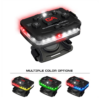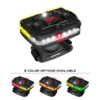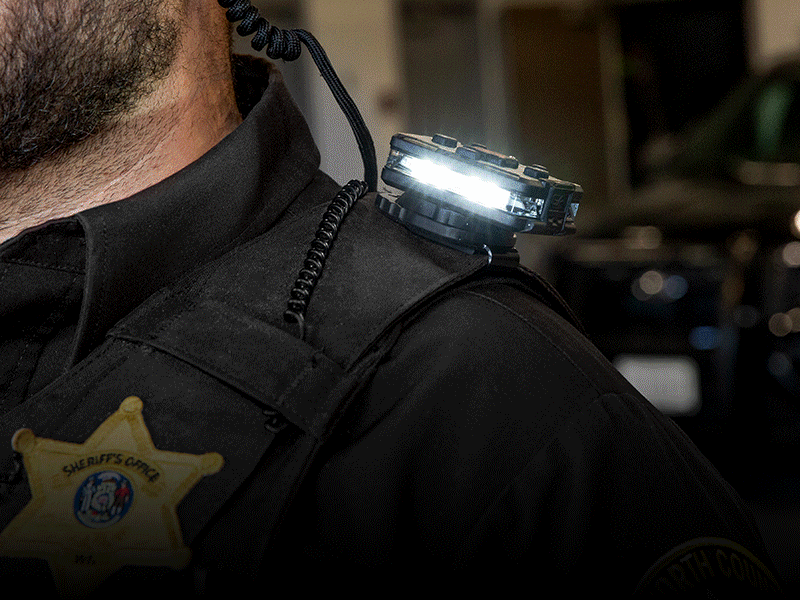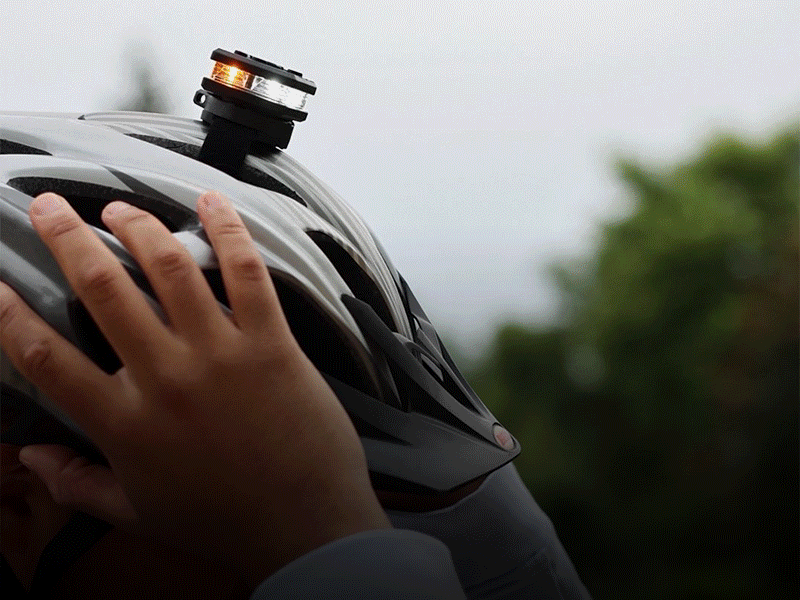Montana Emergency Vehicle Light State Statutes
Montana Emergency Vehicle Light State Statutes
Every state has different laws relating to the warning lights used by emergency vehicles. Understanding what the different warning colors mean, as well as the vehicles that use every type of emergency vehicle light is critical. The State law of Montana specifies the conditions under which emergency vehicles have to use their warning lights.
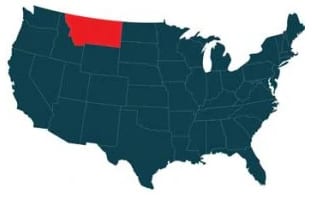
Police Lights
Each police vehicle is required to have a siren according to Montana statute 61-9-402(1). This siren must be capable of emitting an audible warning. The lights attached to the siren should color blue and red flash or rotate.
If a police vehicle is working with another authorized emergency vehicle, a set of rotating or flashing amber lights could be installed on the vehicle. In addition to the blue and red lights these lights may be installed but they cannot replace the blue and red lights.
The police lights must be set as high as possible on the vehicle, usually mounted on the roof. They have to have the widest lateral space possible, too. On the same physical level, each light has to flash alternating colors. All equipped lights have to be visible from both the front and the rear within 500 feet of the vehicle. If an emergency light has no visibility of 360 degrees the vehicle violates this statute.
If a police vehicle is being used as a control vehicle instead of an emergency intervention vehicle, the officer may put a green light on the roof of the vehicle. This usually happens when the police cars are used during a disaster to create a sense of command and calm. Green emergency lights also need to be visible within 500 meters. If the vehicle is not in the control and control of a scene, a green warning light is not allowed to the driver.
Firetruck Lights
Firetrucks meet the legal definition of an authorized emergency vehicle according to the definitions set out in state statute 61-1-101. In addition to emergencies involving potentially toxic substances and gases, these vehicles are made to respond to fire-related emergencies.
All authorized emergency vehicles must have an audible siren, as well as a rotating or flashing red light. The vehicle also has to be equipped with multiple signal lamps. These should be mounted to the top of the vehicle, or as high as possible otherwise. They too should have the widest lateral spacing possible.
Each of these signal lamps will have to be installed at the same level. Two rotating or flashing red firetruck lights have to be visible within 500 feet at the front of the firetruck. Another pair of red lights at the rear of the vehicle must satisfy the same requirements.
The state statute 61-9-402(4) also requires authorized emergency vehicles to have rotating or flashing amber lights. These lights must satisfy all circumstances of visibility outlined for the red lights of a firetruck.
Finally, if a firetruck in a disaster is used as the control vehicle, a green light must be placed on top of it. The green light can be used only when the car acts as the main control point. If this is not the case you should use normal emergency lights; green lights are a violation of Montana law. The state statute 61-9-204(8) outlines that circumstance.
Volunteer Firefighter Lights
Volunteer firefighters are the subject of state statute 61-9-227. The statute provides for some private vehicles to use a rotating or blinking red light as a form of personal identification. Personal vehicles operated by volunteer firefighters fall under this jurisdiction.
A volunteer firefighter must have received authorization from the chief of their fire department to use a warning signal. It can be used only when the driver of the vehicle is en route to a time-sensitive emergency. Use of the Light applies only to the initial emergency response. The driver must turn off the warning lights after the vehicle leaves emergency scene. The light has to be either on top of the vehicle or at the front of it.
The warning light should be visible at both front and rear of the vehicle by traffic surrounding it. If a volunteer firefighter is using an emergency light on their private vehicle, they must have a personal identification card as well. This card, issued officially, shows the name of the vehicle owner and indicates which organization they belong to. For the card to be valid, the fire chief or other person who authorizes the use of the emergency light must have the signature.
Ambulance Lights
An outpatient meets the definition of an authorized emergency vehicle according to state law. Hence, its laws regarding emergency light mirror the laws governing firetrucks. A rotating, or flashing red light must accompany an audible siren. Multiple signal lamps should be mounted either at the ambulance’s top or highest possible point. These lamps must reflect the coloration of both amber and red.
Where an ambulance is used as the control vehicle during a disaster, a green warning light must be displayed to indicate that it is a control vehicle. However, whenever the ambulance is not the main control vehicle it is necessary to use the usual amber and red emergency lights instead.
Tow Truck Lights
If a vehicle meets a tow truck’s state definition, the driver must abide by multiple Montana state statutes concerning safety procedures. Tow trucks must carry at least three flares with them according to state statute 61-9-411.
If a tow truck does not carry flares, three red electric lamps or three portable red reflectors must be equipped to the vehicle. Under normal night time hours, each of these items must be visible within at least 600 feet. The vehicle also cannot use a portable reflector unless that reflector has been specifically designed to reflect a square space of at least 24 inches.
On top of that, the truck must carry at least three red-burning fuses. The one exception is to use special red reflectors or lamps if the driver opts. Each tow truck must have at least two red flags made from cloth, with at least 12 square inches of space. Each flag has to come with a standard supporting it.
If a tow truck poses a considerable risk of motorists passing by working on or near the road, these flares must be used as a warning. Powerful lamps and flares are used as an alternative to official emergency lights, since flashing red lights are specific to police cars, ambulances and firetrucks.
Construction Vehicle Lights
According to statute 61-9-217 of Montana, motor vehicles are not allowed to have more than 2 spot lamps. These lamps, otherwise known as brightness settings, must be switched off when another vehicle is approaching in any direction.
Motor vehicles may be equipped with up to two auxiliary lamps including construction vehicles. These beams have to be mounted at the front of the vehicle, between 16 and 42 inches in height. If a construction vehicle has a lamp mounted at a height greater than 42 inches, those lamps cannot be used while using the vehicle on the highway.
Construction vehicles must use their lamps to inform passing motorists of their presence. However, these lamps should be a standard yellow or white color, because the vehicles are not emergency vehicles.
Utility Vehicle Lights
Montana state law has no specific statutes regarding vehicles used by utility companies. The emergency light procedure varies depending on the circumstances when a utility vehicle is being used to make electrical repairs near a roadway.
The driver should follow the same procedures used by construction vehicles when the vehicle is working in good visibility conditions. To increase visibility standard headlights should be turned on. If the vehicle is working in low visibility or during the night, flares and signals should be used to warn passing motorists to move one lane over.
The requirements for flare are the same as those concerning tow trucks.
Pilot Vehicle Lights
When a vehicle is escorting an oversize load, a sign stating “OVERSIZE LOAD” must be displayed at a visible height on both the front and rear of the vehicle. Each letter must be a minimum of 8 inches tall.
The vehicle also needs to display flashing amber lights on either end of the oversize charging signs. Each light must be at least five inches in diameter and an intensity of at least 50 candle-power. It must flash about 60 to 90 times a minute. If the driver has no flashing light, it can be used as a substitute for a strobe light or rotating light.
The lights must be spaced in such a way as to have night visibility of 360 degrees.
Security Vehicle Lights
Security vehicles in the state of Montana are not regarded as emergency vehicles. Therefore they do not have the jurisdiction to light any specific color signals. Each vehicle should be fitted with standard headlights and drivers should comply with basic headlight laws. A driver must not use the bright setting when in another vehicle’s vicinity, but permitted standardized yellow and white colors.
For more information on what lights are available to you, we suggest calling your State Highway Patrol office at: 406-444-3780
*Please note that these numbers are what we can find now, and the numbers may have changed since this listing.
